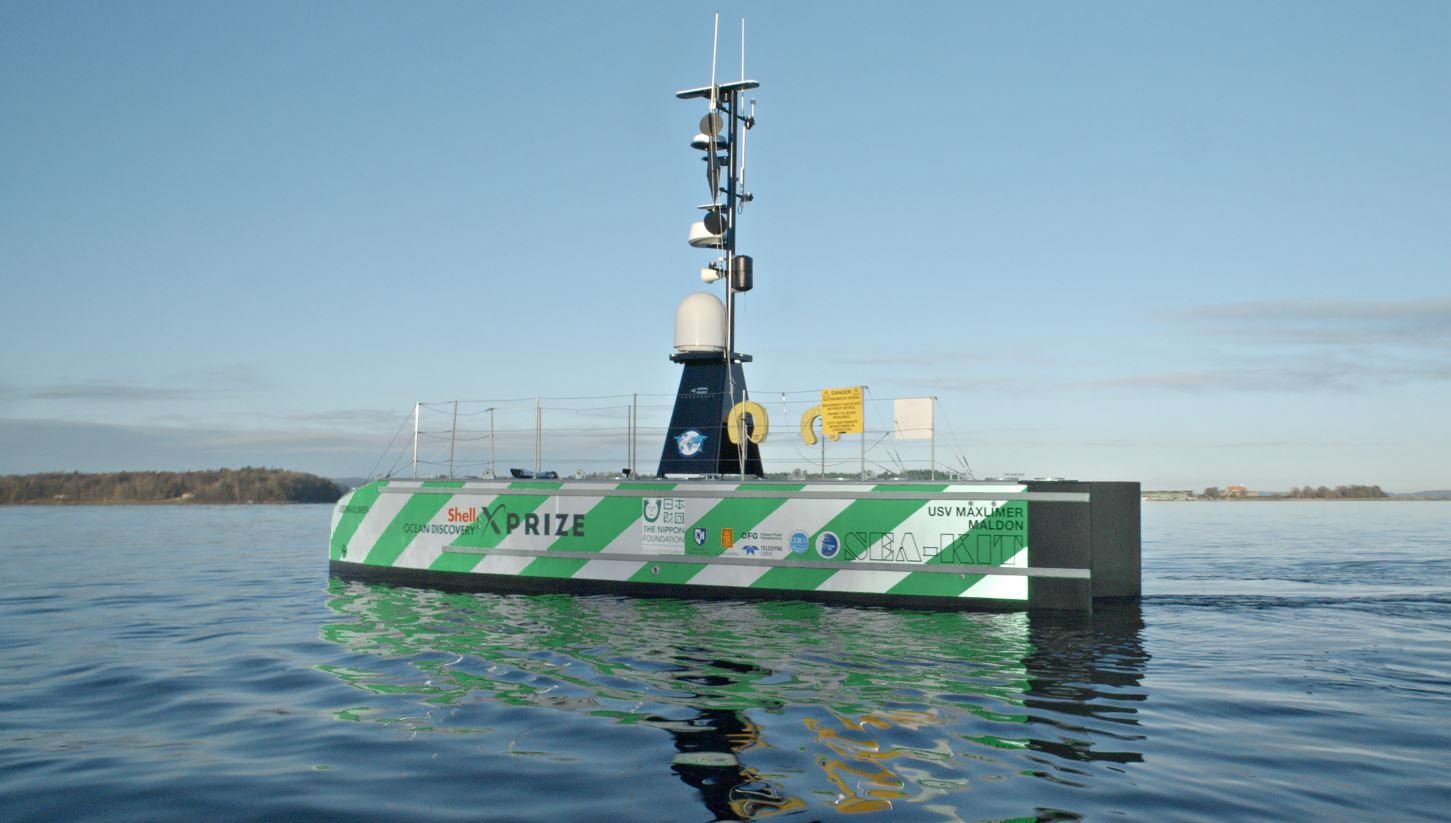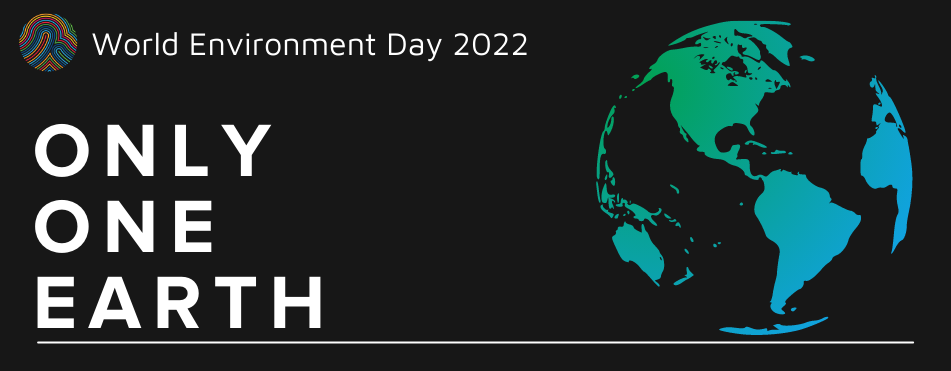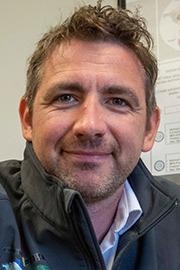For World Environment Day 2022 we spoke with SEA-KIT International, a company redefining offshore technology solutions while keeping sustainability and environmental awareness at the core of its activities. We explore their range of USVs, SEA-KIT's involvement in the survey of the Hunga-Tonga Hunga-Ha'apai eruption's aftermath, and the necessity of carbon neutrality in the maritime industry.
Please could you introduce yourself and your role at SEA-KIT International?
My name is Ashley Skett, and I am the Director of Operations at SEA-KIT International.
What is SEA-KIT's mission statement, and could you provide an overview of the products offered?
We aim to be a world-class provider of high technology solutions to the maritime and research industries and to open new fields and classes of technology to solve the problems of the future, today.
SEA-KIT's remotely-controlled Uncrewed Surface Vessels (USVs) are designed with an adaptable payload area for multiple mission configurations. They can work standalone or as a force multiplier to complete a wide range of tasks faster, cheaper and with less risk to personnel. The USVs also have significantly reduced carbon emissions than traditional, crewed vessels.
The vehicles offered by SEA-KIT are suitable for commercial, defense and security, and luxury applications. How did the company approach tailoring its products to these applications?
Our USVs are designed to be agnostic to payload, meaning that they can carry multiple sensor types and fulfil a wide variety of maritime operations tasks. The unique design of the 12m X-Class USV (of which Maxlimer was the first) means that it can be transported around the world easily inside a standard 40ft shipping container.
The most significant challenges we have faced historically are related to areas such as communications links, which are the type of technical issues found on all vessels. We have been able to make great strides forward through hard-won experience, adding increased redundancy to combat such problems.

SEA-KIT USV 'Maxlimer' © SEA-KIT International
One aspect of SEA-KIT's remotely controlled USVs' is that they can work independently or as part of a fleet. Why would it be helpful to offer these two options? Are there any specific applications that would benefit from a fleet, for instance?
The first-ever SEA-KIT USV, Maxlimer, was created for the Shell Ocean Discovery XPRIZE competition and was part of the winning team. This competition recognized that uncrewed vessels hold the key to mapping the world's oceans due to the vast sea areas that must be covered to achieve this.
For a project such as Seabed2030, which aims to map 100% of the ocean floor by 2030, using SEA-KIT USVs as part of a fleet makes perfect sense. It exponentially increases the coverage possible and greatly reduces additional resources required compared to crewed vessels.
The suitability of SEA-KIT's USVs as standalone vessels is now well proven on commercial deployments worldwide for pipeline and cable surveys. The larger crewed vessel types that would be required to carry out these tasks produce around 95% more CO2.
Following the eruption of Hunga-Tonga Hunga-Ha'apai earlier this year, the USV Maxlimer has been chosen to survey the aftermath. Could you tell us more about this project and the benefits unmanned vehicles offer in monitoring the aftermath of such dangerous natural disasters?
The NIWA-Nippon Foundation Tonga Eruption Seabed Mapping Project (TESMaP) aims to discover the undersea impacts of the recent Tongan volcanic eruption. It is funded by The Nippon Foundation – the largest non-profit organization based in Japan which, amongst other philanthropic activities, has been facilitating projects in the ocean field since 1962. The research is also supported by The Nippon Foundation-GEBCO Seabed 2030 Project, which aims to map the world's ocean floor by 2030.
TESMaP is split into two parts – NIWA's research vessel Tangaroa has recently completed the first part of the surveying. During July/August 2022 SEA-KIT International's 12 metre-long USV Maxlimer, in coordination with Seabed 2030, will remain at sea for an additional month of mapping and environmental data collection.
Using USV Maxlimer as a configurable platform for a range of sensors gives us a unique opportunity to safely gather data from inside the caldera continuously for a full month.
We expect USV Maxlimer to use just 100 litres of fuel per day during the mission, under 2% of the fuel consumption of a crewed survey vessel like RV Tangaroa. Deployment of a USV for survey inside the caldera, therefore, reduces risk to people and ensures that the project's carbon emissions are significantly lower than they would be if a crewed vessel was deployed for the entire project period.
It is the first time that a USV will be used for this type of task and we hope it instigates many opportunities for these adaptable vessels to pioneer new ways of understanding our oceans.

What components installed within the USV Maxlimer are vital to this mission?
Sensors will be used onboard to collect bathymetric data, water column backscatter data, sound velocity, conductivity, temperature, turbidity, oxidation-reduction, pressure with depth, currents and ambient noise for geological and biological activity. Each of these parameters will develop and support an understanding of the eruption's undersea impact and ongoing activity.
How will they be operated?
The sensors onboard will be remotely operated by data processors based all around the world. Maxlimer will be able to send small snippets of data which will be checked to ensure that the bathymetry is of suitable definition and accuracy.
The USV itself will be commanded by a team of remote operators based in the control centre at SEA-KIT's base in Tollesbury, Essex. The watches will take shifts around the clock and be responsible for all aspects of vessel management and navigation at sea. They rely on a stream of data and images, giving them a complete view of all situational awareness systems that are installed on board USV Maxlimer.
One of SEA-KIT's core values is sustainability, with a key aspect of your products having low CO2 emissions. Why is it important for the maritime industry to consider carbon-neutral strategies, and what are the major barriers limiting their implementation?
We are driven as a team by our commitment to significantly reducing carbon emissions and other negative impacts of marine operations on the environment. We constantly look for ways to safeguard the environment and introduce positive environmental change to the way we work offshore.
The UK shipping industry is pursuing a net-zero emissions target by 2050 for the international shipping sector. We believe that USV technology is a critical element in achieving that.
There are hurdles to overcome for the uncrewed vessel sector, mainly relating to regulations. USVs don't fit into the current regime as there is no official set of rules for remotely operated vessels with no crew. As a result, we currently go through the process of gaining permission and approval from the relevant authorities on a case-by-case basis.
SEA KIT - the journey so far
SEA KIT - the journey so far. © SEA-KIT International
SEA-KIT has been nominated as a finalist in the UK's Maritime Awards. What can we expect to see from the company in the next five years? Are there any innovations SEA-KITis striving towards?
SEA-KIT recognise that the two biggest areas that affect the future development of USVs are connectivity and autonomy. With this considered, we have made significant progress on an AI Mesh Network system (white paper to be released soon) and additional autonomous functions are regularly added to our GSAVI control system.
SEA-KIT partners with several institutions, such as Fugro and The University of Essex. What benefits have these collaborations brought to the company?
The fleet of SEA-KIT X-Class and XL-Class vessels ordered by Fugro has enabled us to accelerate development based on a wealth of operational data from vessels in the field. This has helped drive the company's strategic direction and we continue to increase the functionality of our designs to improve performance and efficiency.
In your opinion, how do you predict the sector of unmanned maritime exploration to develop over the next 30 years? Are there any developments you are looking forward to seeing?
The introduction of more advanced sensors will pave the way toward full autonomy. New technologies such as quantum navigation and AI image processing will eventually lead to autonomous vessels completing routine operations.
We are redefining how we work offshore, with uncrewed vessels lowering cost and carbon footprint and enhancing safety. It's a revolution that is well underway and will ultimately reach every part of the industry.
About Ashley Skett
 After leaving the fire service in 2007, Ashley decided to follow his heart and pursue a life at sea. Since then, a varied career has taken him from roles as a freelance skipper and instructor on private super-yachts to positions in yacht charter/management and onboard commercial vessels.
After leaving the fire service in 2007, Ashley decided to follow his heart and pursue a life at sea. Since then, a varied career has taken him from roles as a freelance skipper and instructor on private super-yachts to positions in yacht charter/management and onboard commercial vessels.
Ashley was among the first remote uncrewed surface vessel (USV) captains in the world and now hold the position of Director of Operations at SEA-KIT International, a leading designer and builder of USVs for the commercial, scientific research and defence and security sectors.
He has project-managed several key demonstrations of SEA-KIT's ground-breaking commercial USV design, and also led the development of the company's procedural and compliance practices to ensure the safe and efficient operation of uncrewed systems
Disclaimer: The views expressed here are those of the interviewee and do not necessarily represent the views of AZoM.com Limited (T/A) AZoNetwork, the owner and operator of this website. This disclaimer forms part of the Terms and Conditions of use of this website.